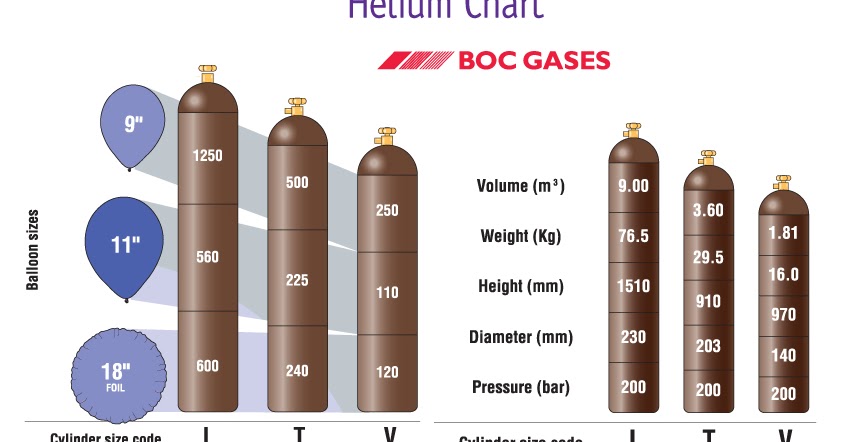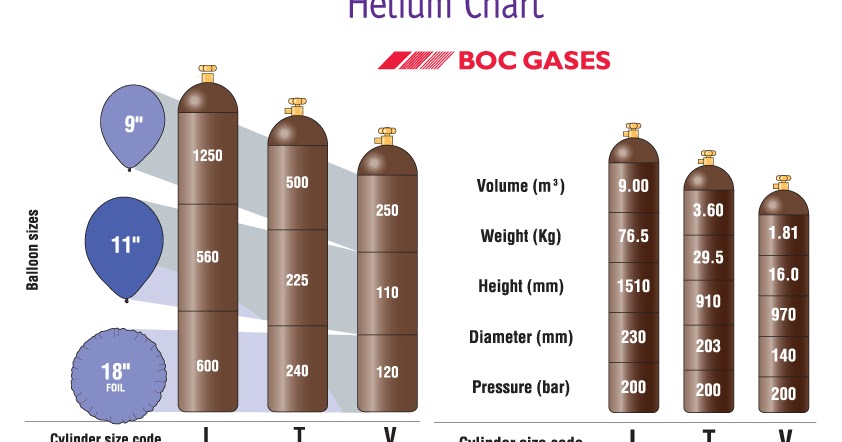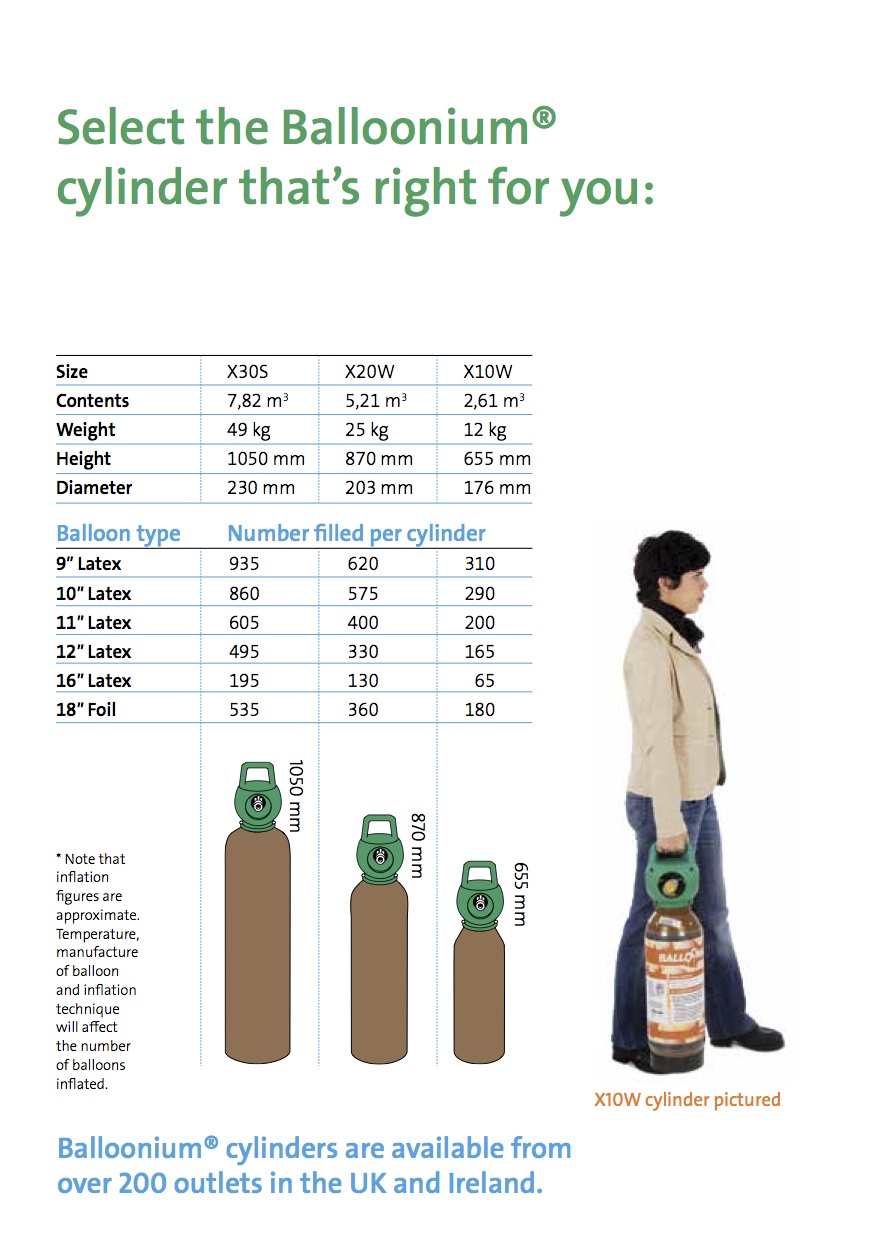Figuring Out Helium Tank Balloon Counts – My Little Experiment
So, the other day, I found myself staring at one of those disposable helium tanks. You know the kind, the ones you grab for a kid’s birthday party or a small celebration. The box always has these bold claims: “Fills up to 50 balloons!” or something similar. And I always think, “Yeah, right. Under what perfect, lab-controlled conditions?” I’ve been burned before, ending up with half the balloons I needed, looking like a chump.

This time, I decided I was going to get to the bottom of it. Not for any major scientific breakthrough, mind you, just for my own peace of mind and, well, because I had an afternoon free and a bag of balloons.
My Setup – Nothing Fancy
Here’s what I had on hand:
- One standard-size disposable helium tank. I think it was the common 8.9 cu ft one. The box said “fills approximately 30 x 9-inch latex balloons.” Okay, “approximately” is the key word there.
- A bag of 9-inch latex balloons. Just your regular party balloons, nothing special.
- A pair of scissors for the ribbon, though that’s not really part of this experiment.
- My trusty notepad and a pen to keep count. Old school, I know.
I set up shop in my garage. Didn’t want balloons floating all over the house, and my wife already thinks I’m nuts for these little projects. “You’re really going to inflate all those now?” she asked. “For science!” I declared, probably a bit too dramatically.
The Process – One by One
First, I read the instructions on the tank, just to be sure. Pretty straightforward: turn the valve, slip the balloon onto the nozzle, bend the nozzle to release the helium. Easy peasy.

The first balloon filled up nicely. A good, firm 9-incher. Thwack. Tied it off. Made a little tally mark on my pad. 1.
The next few went just as smoothly. 2, 3, 4… I was getting into a rhythm. The tank hissed, the balloon swelled, I tied it. I tried to be consistent with the size, not overinflating, not underinflating. Just a good, solid party balloon size.
Around balloon number 15, I started to notice the hiss from the tank wasn’t quite as robust. Still filling them fine, but just a subtle change in the sound. Or maybe I was imagining it. My ears aren’t what they used to be.
By balloon 20, the change was definite. The fill rate was a bit slower. I had to hold the nozzle bent for a fraction longer to get the same size. “Aha,” I thought, “here we go.”
Balloons 21 through 25 were a bit of a struggle. I really had to work that nozzle. They were still getting to a decent size, but you could tell the pressure was dropping significantly. I was being careful not to force it too much. I’ve heard stories of those nozzles snapping if you’re too rough.

The Grand Finale – Or Lack Thereof
Balloon number 26 got about three-quarters full and then… just kinda gave up. It was a sad, droopy thing. I tried for number 27, and it barely had enough helium to make it look pregnant. Definitely not party-worthy. So, I called it.
So, the final tally? 25 properly inflated 9-inch balloons. Plus one sad, saggy one that didn’t really count.
The box said “approximately 30.” So, I got 25. That’s, what, a 16-17% difference? Not a massive discrepancy, but definitely something to keep in mind if you’re planning an event and need an exact number. If I had needed 30, I would have been short.
My takeaway from this little Saturday adventure? Always undershoot the manufacturer’s estimate if you’re buying these tanks. Or, better yet, buy a little extra if the balloon count is critical. It’s always better to have a few balloons too many than to be scrambling at the last minute. It wasn’t a super scientific test, conditions weren’t lab-perfect, but it was a real-world test, and that’s what I was after. Now, what to do with 25 balloons in my garage…
